Asia has had a long history, with diverse nationalities, and potent societies. Therefore countries across Asia have historical kings and emperors that command our admiration today for their past accomplishments. Consider these examples and observe how military achievements, cultural contributions, and historical feats all feature into their assessment of greatness.
Great Past Kings of Asia
- Gia Long of Vietnam unified Vietnam in 1802 CE before founding the Nguyen dynasty. He reigned as the first emperor of the Nguyen dynasty from 1802 until his death in 1820 CE. He also ruled as the emperor of Vietnam from 1804 to 1820 CE. Historians also credit Gia Long with popularizing Confucianism in Vietnam.
- Bhumibol Adulyadej of Thailand reigned as the ninth monarch of Thailand in the Chakri dynasty, reigning from 1946 CE until his death in 2016 CE, and is the second-longest reigning monarch in world history. During his reign, Adulyadej retained enormous constitutional powers and was extremely popular among his subjects. Some even saw him as semi-divine.
- Suryavarman II (1094 – 1150 CE) of the Khmer Empire founded the famed Angkor Wat in Cambodia. His rule extended from Thailand to Vietnam.
- Fa Ngum founded the Laotian Kingdom of Lan Xang in 1353 CE. The Lan Xang Empire at its peak was one of the most powerful kingdoms in South East Asia. That empire lasted 300 years.
- Anawrahta Minsaw (1014 – 1077 CE) was the founder of the Pagan Empire. Historically verifiable Burmese history begins with his accession to the Pagan throne in 1044 CE. The Theravadan principles he built into the Pagan Empire ensured that Theravada Buddhism would emerge dominant in Sri Lanka, Thailand, Laos, and Cambodia. Thus he influenced peoples far beyond Burma.
- Emperor Jimmu was the legendary founding emperor of Japan, traditionally dated at 660 BCE. Jimmu legendarily descended from the sun goddess Amaterasu, and the storm god Susanoo. In modern Japan, the National Foundation Day marks Jimmu’s legendary accession to the throne.
- Tang Taizong (599 – 649 CE) (private name: Li Shimin) founded the Tang Dynasty. He is typically considered one of the greatest emperors of China. China entered a golden age during his “Reign of Zhenguan”. During Taizong’s reign, Tang was the largest and the strongest nation in the world. It covered most of the territory of present-day China, Vietnam, Mongolia, and much of Central Asia as far as eastern Kazakhstan. Under Emperor Taizong Li Shimin’s wise governing, the national strength and social development reached an unparalleled prosperity.
- King Sejong the Great (1397 – 1450 CE) of Korea is best known for the creation of Hangul (한글), the Korean writing system. He also encouraged the growth of art and literature. He patronized inventors and his era became known for innovation and technological progress. Also, he had a strong military policy, which safeguarded the Korean capital from foreign invasions.
- Parakramabahu the Great, king of Sri Lanka (1153 – 1186 CE), oversaw the expansion and beautification of his capital and constructed extensive irrigation systems. He also reorganised the country’s army, reformed Buddhist practices, and encouraged the arts. He then undertook military campaigns outside Sri Lanka into South India and Burma.
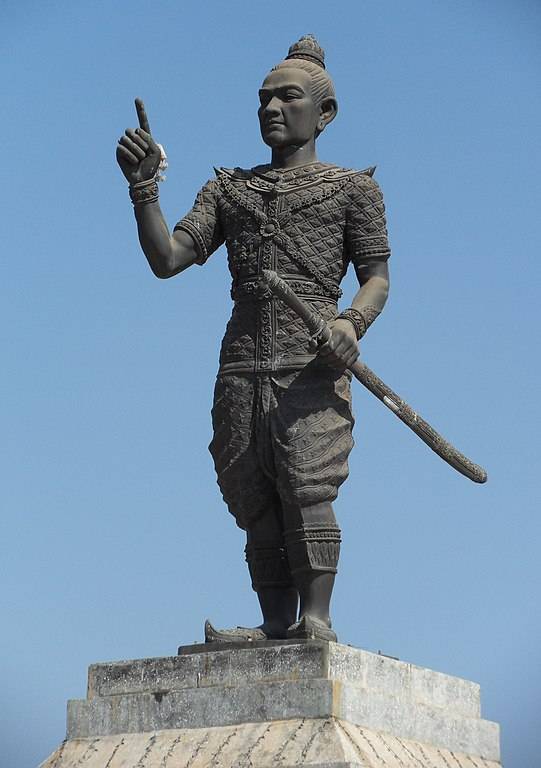
Chaoborus, CC BY-SA 3.0, via Wikimedia Commons
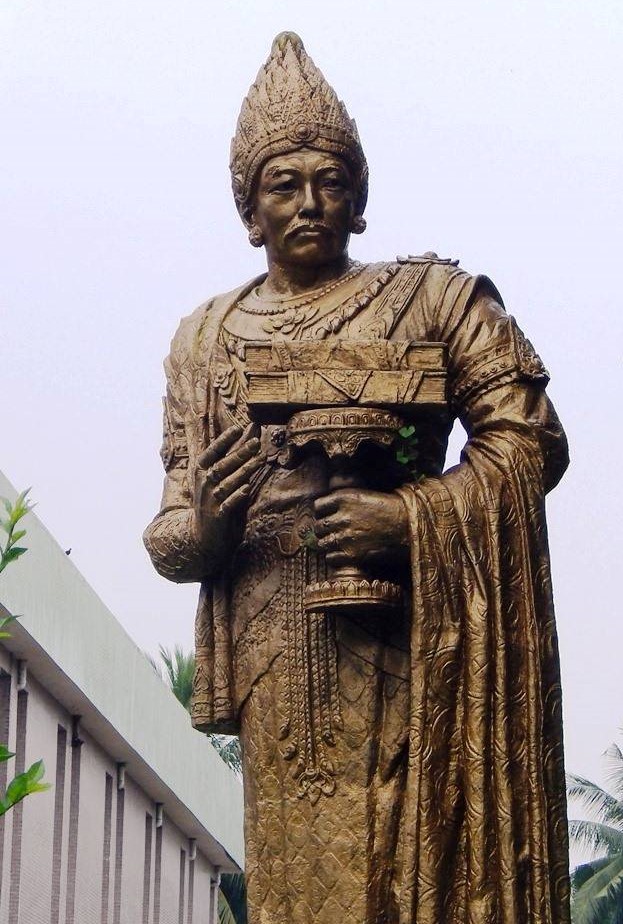
Phyo WP, CC BY-SA 3.0, via Wikimedia Commons
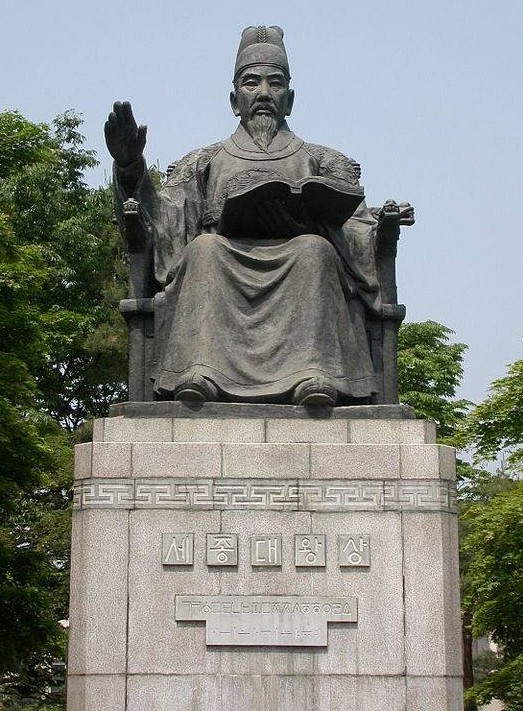
Lawinc82, CC BY-SA 3.0, via Wikimedia Commons
Prophetic Prediction – Mark of Creator’s Coming King
These kings and emperors achieved success and greatness along many lines of measure. But none had prophecies predicting their coming and their careers written down hundreds of years before they walked the earth. The Creator God provided this type of evidence for the King that He would enthrone on His eternal Kingdom. He marked His coming with such signs, including his title (Christ), and the place and time of his future defeat of karma. In fact, He even predicted and wrote down the name of His coming King hundreds of years beforehand. We go over this here and learn why this affects our lives even more than that of these mighty kings highlighted above.
Isaiah first wrote of the coming Branch. A ‘he’ from the fallen dynasty of David, possessing wisdom and power would come. Jeremiah followed by stating that this Branch would be known as the LORD. This is the Hebrew name for Creator God. He would be our righteousness.
Zechariah continues The Branch
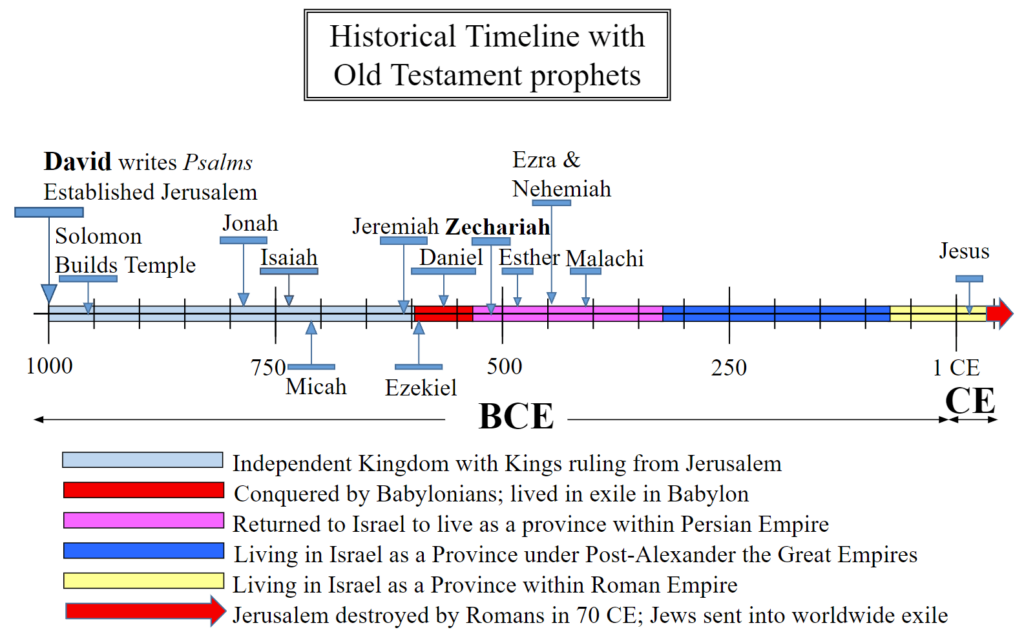
The prophet Zechariah lived 520 BCE, when Jews began returning to Jerusalem from their first exile. Upon their return, they started rebuilding their destroyed temple. The High Priest at that time was named Joshua, and he restarted the work of the Temple priests. Zechariah, the prophet, partnered with Joshua, the High Priest, in leading the returning Jewish people. Here is what God – through Zechariah – said about Joshua:
8 “‘Listen, High Priest Joshua, you and your associates seated before you, who are men symbolic of things to come: I am going to bring my servant, the Branch. 9 See, the stone I have set in front of Joshua! There are seven eyes on that one stone, and I will engrave an inscription on it,’ says the Lord Almighty, ‘and I will remove the sin of this land in a single day.
Zechariah 3:8-9
The Branch! Started by Isaiah 200 years before, continued by Jeremiah 60 years earlier. Zechariah now carried on, further describing ‘The Branch’ even though the Royal dynasty had now been cut down. Like a Bodhi tree, this Branch continued by propagating roots from a dead stump. The Creator God, through Zechariah, now builds further details about the coming Branch, including:
- The High Priest Joshua in Jerusalem at 520BCE, colleague of Zechariah, was a symbolic sign of this coming Branch.
- Zechariah calls The Branch ‘my servant’ – the servant of God.
- The Branch would remove the sins of the land ‘in a single day’.
But how?
How would the LORD remove the sin of the land ‘in a single day’?
The Branch: Uniting Priest and King
To understand we should know that God strictly separated the roles of Priest and King in the Hebrew Bible. None of the Kings could be priests, and the priests could not be kings. The role of the priest was to mediate between God and man by offering sacrifices to God. The responsibility of the King was to rule with justice from the throne. Both were crucial; both were distinct. Yet Zechariah wrote that in the future:
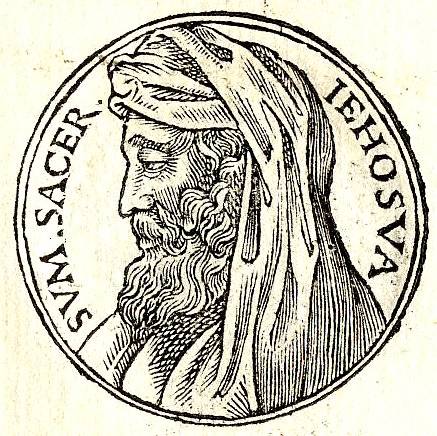
Published by Guillaume Rouille, Public domain, via Wikimedia Commons
9 The word of the Lord came to me…
11 Take the silver and gold and make a crown, and set it on the head of the high priest, Joshua son of Jozadak. 12 Tell him this is what the Lord Almighty says: ‘Here is the man whose name is the Branch, and he will branch out from his place and build the temple of the Lord. 13 It is he who will build the temple of the Lord, and he will be clothed with majesty and will sit and rule on his throne. And he will be a priest on his throne. And there will be harmony between the two.’
Zechariah 6:9, 11-13
Against previous precedent, Joshua, the high priest in Zechariah’s day, was to symbolically put on the king’s crown as the Branch (Remember Joshua was ‘symbolic of things to come’). Joshua, the High Priest, by putting on the crown prophesied a future uniting of King and Priest into one person. This coming Branch would be a priest on the King’s throne. Furthermore, Zechariah wrote that ‘Joshua’ was the name of the Branch. What did that mean?
The Names ‘Joshua’ and ‘Jesus’
We had summarized pertinent details of Bible translation here necessary to understand further. The original Hebrew Bible was translated into Greek in 250 BCE, and called the Septuagint or LXX. We saw how the Septuagint made the title ‘Christ’ well-known. Here we follow that same analysis for ‘Joshua’.

Joshua is a Hebrew transliteration of the original Hebrew name ‘Yhowshuwa’. Quadrant #1 shows how Zechariah wrote ‘Joshua’ as ‘Yhowshuwa’ in Hebrew in 520 BCE. Scholars transliterate the Hebrew ‘Yhowshuwa’ in modern Bible translations (#1-> #3). ‘Yhowshuwa’ in Hebrew is the same as Joshua in modern languages like English. But when the Septuagint was translated from Hebrew to Greek in 250 BCE, Yhowshuwa was transliterated to Iesous (#1 -> #2). ‘Yhowshuwa’ in Hebrew is the same as Iesous in Greek. When scholars translate the Greek New Testament to modern languages (like English), Iesous is transliterated to ‘Jesus’ (#2 -> #3). lesous in Greek is the same as Jesus.
People called Jesus ‘Yhowshuwa‘ when they spoke to him in Hebrew. But the writers of the Greek New Testament wrote his name as ‘Iesous’. This was exactly as the Greek Old Testament Septuagint wrote that name. In New Testament translations of today’s modern languages (#2 -> #3), ‘Iesous’ is transliterated to the familiar ‘Jesus’.
So the name: ‘Yhowshuwa’ = ‘Jesus’ = ‘Joshua’.
The name ‘Jesus’ goes through an intermediate Greek step, and ‘Joshua’ comes directly from the Hebrew.
In summary, both Jesus of Nazareth, and Joshua the High Priest of 520 BCE had the same name. They were named ‘Yhowshuwa’ in their native Hebrew, but in Greek both were called ‘Iesous’.
Jesus of Nazareth is the Branch
Now Zechariah’s prophecy makes sense. He predicted in 520 BCE that the name of the coming Branch would be ‘Jesus‘. In doing so he pointed directly to Jesus of Nazareth.
Jesus comes ‘from the stump of Jesse’ since Jesse and David were his ancestors. Jesus possessed wisdom and understanding to such a degree, setting him apart from other great men. His shrewdness, poise, and insight continue to impress both critics and followers. His power through miracles in the gospels is undeniable. One may choose not to believe them; but one cannot ignore them. Jesus fits the quality of possessing exceptional wisdom and power that Isaiah predicted would one day come from this Branch.

Diego Velázquez, Public domain, via Wikimedia Commons
Now think of the life of Jesus of Nazareth. He certainly claimed to be a king – The King in fact. This is what ‘Christ‘ means. But what he did while on earth was actually priestly. The priest offered acceptable sacrifices on behalf of the people. The death of Jesus was significant in that, it also, was an offering to God, on our behalf. His death pays for the sin and karma of any person. Jesus literally removed the sin of the land ‘in a single day’ as Zechariah had predicted. It happened on the day Jesus died and paid for all sins. In his death he fulfilled all the requirements as Priest, even as most know him as ‘The Christ’ or King. In his resurrection, he showed his power and authority over death. He brought the two roles together.
The Branch, the one that David long ago called the ‘Christ’, is the Priest-King. And the prophet Zechariah wrote down his name in prophecy over 500 years before his birth.
The Prophetic Evidence
In his day, similar to today, Jesus had critics questioning his authority. He answered by pointing to the prophets that came before, claiming that they foresaw his life. Here is one example where Jesus said to those opposing him:
39 …These are the very Scriptures that testify about me,
John 5:39
In other words, Jesus claimed that his life was prophesied hundreds of years previously in the Hebrew Bible. Human insight cannot predict hundreds of years into the future. Thus Jesus used this as evidence to verify that he had really come as God’s plan for mankind. The Hebrew Bible is available for us today to personally verify this.
Let’s summarize what the Hebrew prophets have predicted thus far. Jesus’ coming was hinted at the beginning of human history. Then Abraham foretold the location of Jesus’ sacrifice, while the Passover foretold its day of the year. We saw that Psalm 2 originated the title ‘Christ’ and foretold a coming King. We have just seen that Isaiah, Jeremiah, and Zechariah together predicted his lineage, priestly career, and name.
Can you think of anyone else in history whose life was even as remotely prophesied as that of Jesus Christ?
Conclusion: Tree of Life Offered to All
The language you speak, the culture you express, and the boundaries of the country you live in were determined by the aforementioned kings highlighted above. But none of those kings can set the foundations of the Everlasting Kingdom. Every nation, including their rulers, is extended an invitation to be part of this Kingdom:
24 The nations will walk by its light, and the kings of the earth will bring their splendor into it.
Revelation 21:24
The Creator God invites peoples of all nations – including you – to experience both deliverance from death and richness of His Everlasting Kingdom. But the Hebrew prophets prophesied how this would first require that the named Branch be ‘cut off’. We look at this next.